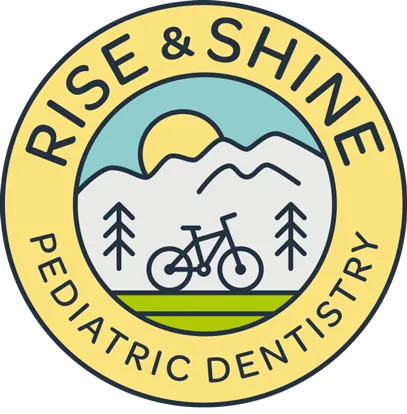
Please submit your current insurance policy information prior to your appointment. As a courtesy to you, we will submit a claim for your child’s dental care. Most dental insurance plans submit payment for covered benefits to our office directly, then we will send you a statement if a balance remains. Some plans send payment directly to the subscriber, so in this case you will be responsible for paying the full balance due at our office at the time of service.
Tip #2
Dental insurance plan benefits are determined by your employer’s elections for coverage of particular services through their plan. This means that individual plans through the same carrier are not all the same. Benefits do not always cover the best standard of preventive or restorative dental care, and your employer may choose to limit coverage of services based on frequency or age. Even if your employer or dental insurance carrier has not changed, your employer may choose to change frequency of coverage of benefits such as fluoride. These coverage details are not always accessible to our dental practice, so we recommend asking your employer for a description of covered benefits, and we are happy to review these with you if you have questions.
Tip #3
Many dental insurance plans have an annual maximum, which includes other dental offices visited, such as an orthodontist or oral surgeon. If you have reached your maximum coverage, your dental insurance plan will not cover even preventive services that might otherwise be covered by your plan. We are not able to see if you have utilized your maximum amount of dental insurance reimbursement at other offices, so it’s best to review the details of your plan from your employer so you know if you will be responsible for costs of dental care in our office.
Tip #4
Your costs often do not change whether you choose to see an in-network or out-of-network dentist. Network status most often affects the fees that the insurance company pays to the dental practice. Your dental insurance carrier will encourage you to see an in-network dentist because it reduces their costs, but most plans allow you to use your benefits with providers in or out of network. It is important to review the details of your particular plan to understand your coverage, as you may be responsible for a portion of the costs of your visit with either in-network or out-of-network providers, and some plans may not provide coverage to out-of-network providers.
Tip #5
Benefit coverage is often described as a percentage, such as 80% or 100%, of the “usual, customary and reasonable” rate. UCR reimbursement varies significantly among dental plans, and is determined by different methods among carriers but often are much lower than the average fees in the area. Reimbursement can also be based on an “allowed” amount, which is determined by your employer and varies even among plans offered by the same carrier.
Tip #6
The amount that your plan covers is determined by how much your employer paid for the plan; the less your employer pays for the insurance coverage, the less you’ll receive in benefits. If you pay a high premium and your plan does not provide good coverage for preventive procedures, you may elect to join our Elevated Smiles Advantage Program instead of using dental insurance.
